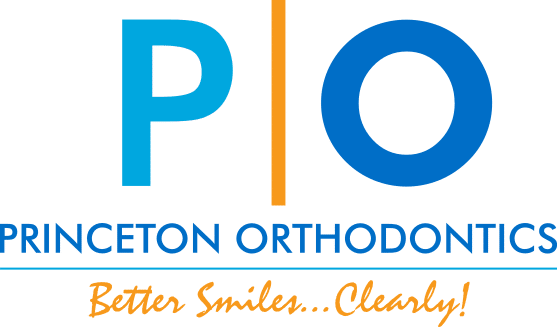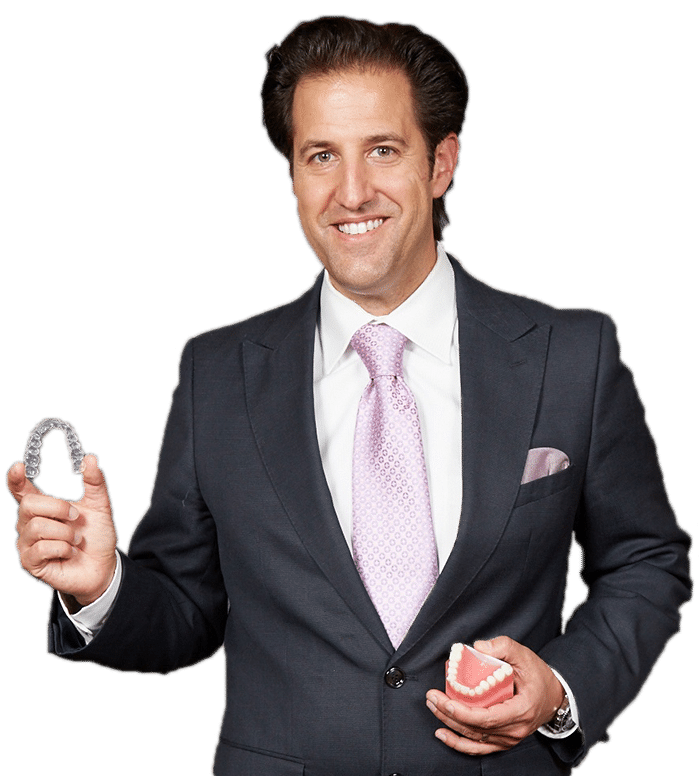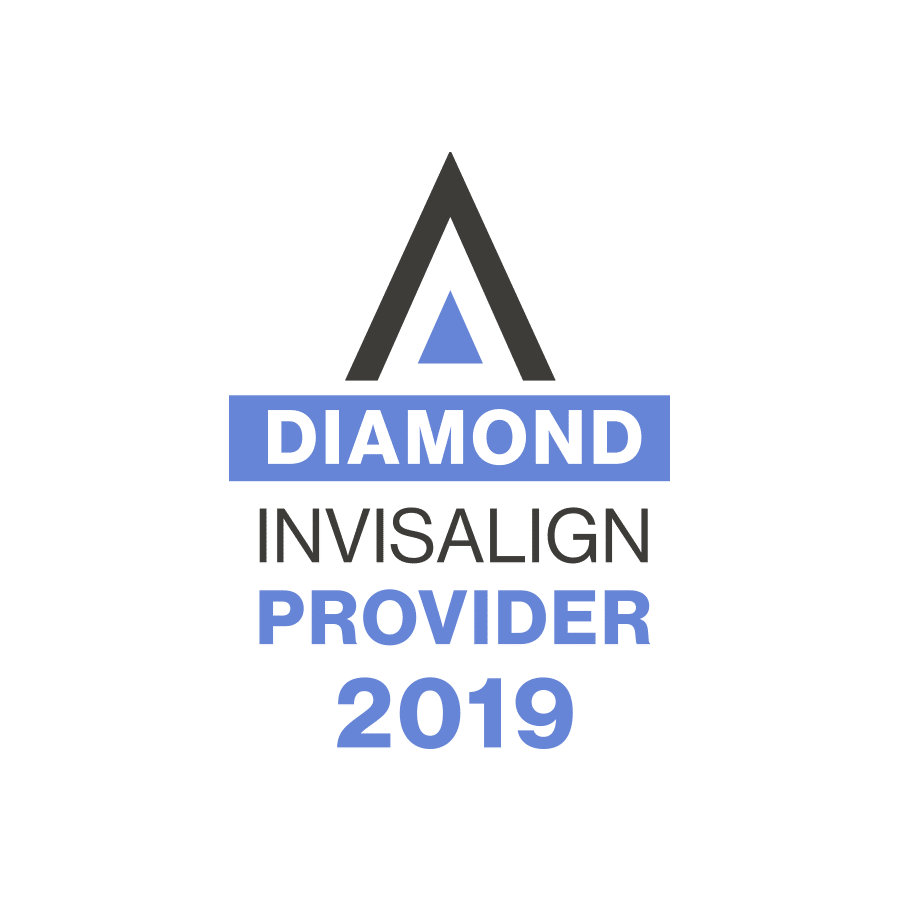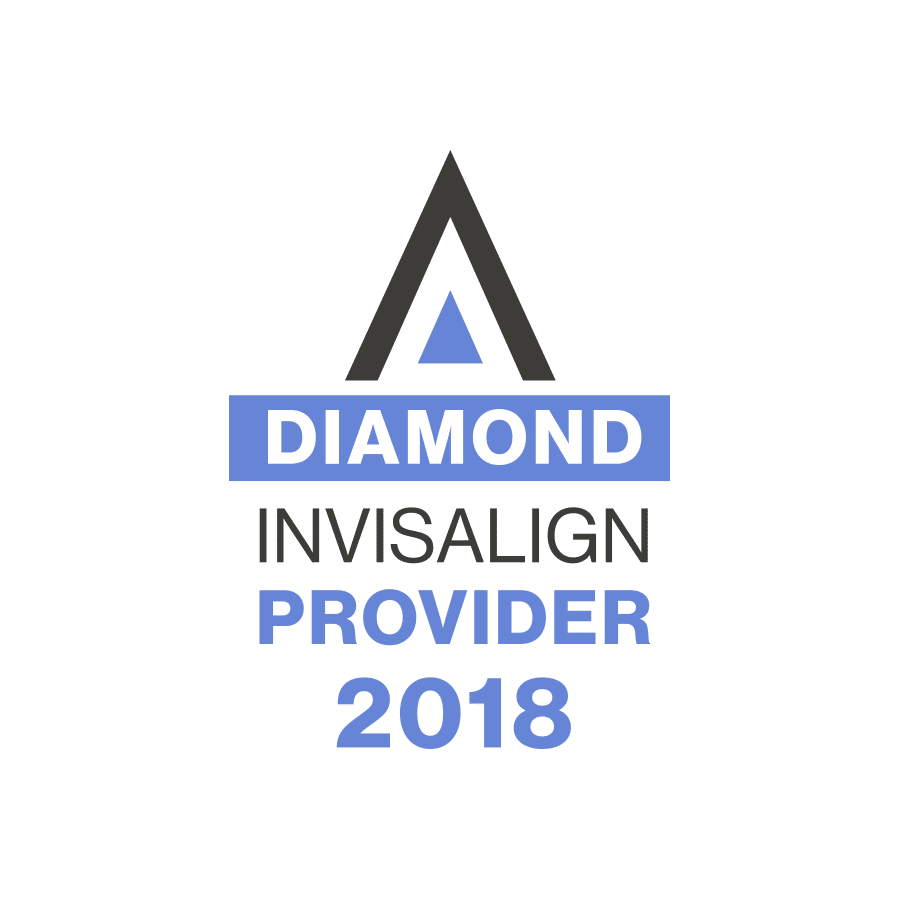Metal Braces vs. Invisalign: The Showdown for the Perfect Smile
The journey to achieving a straight, confident smile often comes down to one choice: metal braces vs Invisalign. Both options are popular, effective, and widely used, but they have distinct differences that can make one a better fit for certain people. Your lifestyle, budget, and dental needs all play a role in determining the right solution.
What Are Metal Braces and Invisalign?
Metal Braces: The Classic Contender

Metal braces are the traditional solution for straightening teeth. They consist of brackets attached to the teeth, connected by wires, and secured with elastic bands. These braces are fixed in place throughout the treatment period.
Key Features:
- Durability: Metal braces are strong and can handle even the most severe alignment issues.
- Effectiveness: They are suitable for addressing complex dental corrections like severe overcrowding, overbites, or underbites.
- Constant Wear: Unlike removable options, they work around the clock without relying on user compliance.
Who They Are Best For:
Metal braces are ideal for individuals with significant alignment problems or those who prefer a solution that doesn’t require daily attention.
Invisalign: The Modern Alternative
Invisalign uses a series of clear, custom-made aligners to gradually move teeth into place. Unlike metal braces, Invisalign aligners are removable and virtually invisible when worn.
Key Features:
- Discreet Appearance: The clear material makes Invisalign a great option for people who want a less noticeable treatment.
- Flexibility: Aligners can be removed for eating, drinking, and brushing, making them more convenient for day-to-day life.
- Comfort: The absence of metal brackets and wires often leads to a smoother experience with less irritation.
Who They Are Best For:
Invisalign is often preferred by adults and teens with mild to moderate alignment issues who value aesthetics and convenience.
Pros and Cons: Metal Braces vs Invisalign
When deciding between metal braces vs Invisalign, it’s essential to weigh the advantages and disadvantages of each option. This helps you understand how each approach fits your needs.
Metal Braces: Pros and Cons
Pros:
- Effective for Complex Issues: Metal braces can address severe alignment problems, such as overcrowding, rotated teeth, or jaw misalignments.
- Durable and Reliable: Made from sturdy materials, they can withstand everyday wear and tear without compromising results.
- No Discipline Required: Since they are fixed, there’s no need to worry about forgetting to wear them.
Cons:
- Highly Visible: Metal braces are noticeable, which may impact confidence for some individuals.
- Restricted Diet: Foods like hard candy, popcorn, and gum must be avoided to prevent damage.
- Oral Hygiene Challenges: Brushing and flossing around brackets and wires requires extra effort.
Invisalign: Pros and Cons
Pros:
- Discreet Appearance: Invisalign aligners are nearly invisible, making them appealing for those conscious about their appearance.
- No Food Limitations: Since the aligners are removable, you can enjoy your favorite foods without restrictions.
- Easier Cleaning: Removing the aligners allows for brushing and flossing as usual, promoting better oral hygiene.
Cons:
- Not Ideal for Severe Cases: Invisalign may not be effective for addressing significant alignment issues.
- Requires Discipline: To work effectively, the aligners must be worn for 20-22 hours a day.
- Higher Cost: Invisalign is often more expensive than traditional braces.
Key Factors to Consider When Choosing
Choosing between metal braces vs Invisalign involves evaluating personal preferences and specific dental needs. Here are the critical factors to keep in mind:
1. Lifestyle and Appearance
- Metal Braces:
- May not be suitable for those who feel self-conscious about their appearance.
- Fixed design means they’re always visible until treatment ends.
- Invisalign:
- Offers a subtle appearance, making it great for professionals and teens.
- Removable design allows flexibility for special occasions.
2. Complexity of Dental Issues
- Metal Braces:
- Best for severe cases like overcrowding, large gaps, or complex bite issues.
- Provides precise control over tooth movement.
- Invisalign:
- Ideal for mild to moderate misalignments such as slightly crooked teeth or small gaps.
- May not deliver the same level of control as metal braces for intricate corrections.
3. Cost Comparison
- Metal braces typically range from $3,000 to $7,000, depending on the treatment length and complexity.
- Invisalign generally costs between $4,000 and $8,000, influenced by the number of aligners required.
- Check your insurance coverage, as some plans cover one treatment more comprehensively than the other.
4. Maintenance and Oral Hygiene
- Metal Braces:
- Requires diligent brushing and flossing to prevent plaque buildup around brackets.
- Regular adjustments at the orthodontist are necessary.
- Invisalign:
- Aligners need cleaning daily to avoid staining or odor.
- Teeth must be brushed after every meal before reinserting the aligners.
Frequently Asked Questions About Metal Braces vs Invisalign
1. Which option is faster?
Metal braces often work faster for severe cases because they provide constant pressure on the teeth. Invisalign treatment time varies based on compliance but can be comparable for mild cases.
2. Can adults wear metal braces?
Yes, metal braces are effective for adults. While Invisalign is often preferred for aesthetics, metal braces remain a practical solution for complex alignment problems.
3. Is Invisalign really invisible?
Invisalign aligners are designed to be clear and blend with your teeth, but they may be slightly noticeable in certain lighting or at close range.
4. How often do adjustments or new aligners occur?
- Metal Braces: Adjustments are typically done every 4-6 weeks.
- Invisalign: New aligners are provided every 1-2 weeks, depending on the treatment plan.
5. Are there any restrictions during treatment?
- Metal Braces: Avoid sticky, hard, or crunchy foods to prevent damage.
- Invisalign: No food restrictions, but aligners must be removed before eating or drinking anything other than water.
Comparing Comfort Levels: Metal Braces vs Invisalign
Comfort is a significant factor when deciding on orthodontic treatment. Both metal braces and Invisalign have unique aspects that impact how comfortable they feel during the process.
Metal Braces:
- Initial Discomfort:
- Patients often experience soreness and irritation in the first few weeks as the mouth adjusts to the brackets and wires.
- Ongoing Irritation:
- Metal brackets may rub against the cheeks and lips, leading to occasional discomfort or small sores. Orthodontic wax can help alleviate this.
- Tightening Appointments:
- Adjustments every 4-6 weeks can cause temporary soreness as the wires are tightened to apply pressure for tooth movement.
Invisalign:

- Smooth Design:
- Made from smooth plastic, Invisalign aligners typically cause less irritation to the gums and cheeks compared to metal braces.
- Pressure Sensation:
- Mild discomfort may occur when switching to a new set of aligners due to the pressure applied to shift the teeth. This discomfort usually subsides within a few days.
- Removable Nature:
- Being able to remove the aligners eliminates the risk of sores caused by continuous contact, but forgetting to reinsert them can delay progress.
Key Takeaways:
- Metal braces may involve more consistent irritation but are effective for severe corrections.
- Invisalign offers a smoother experience overall, though slight discomfort may occur when switching aligners.
Discover Your Perfect Smile with Princeton Orthodontics
Choosing between metal braces vs Invisalign is a big decision, and at Princeton Orthodontics, Dr. Jonathan Nicozisis provides the expertise to help you make the right choice. As a nationally recognized leader and Invisalign educator, Dr. Nicozisis has extensive experience in advanced orthodontic techniques, including Propel technology to accelerate treatment.
If you need traditional braces or the most cutting-edge Invisalign solutions, you’ll receive personalized care from a trusted specialist. Schedule a consultation today and take the first step toward achieving the confident, healthy smile you deserve.





